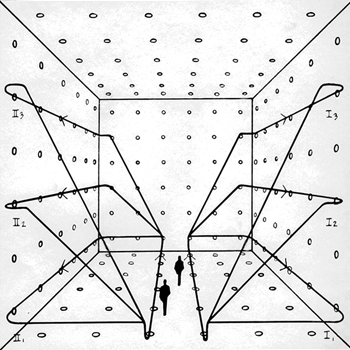Question #4ed65
1 Answer
Feb 13, 2017
Explanation:
For
We can therefore apply L'Hôpital's Rule , which on the first pass yields this:
If we plug
We can shed some light on this by looking at the (curtailed) Taylor Expansions for
-
#e^{z}= 1+z+\O(z^2)# -
#sin z = z + \O(z^2)#
Sub'ing these into:

